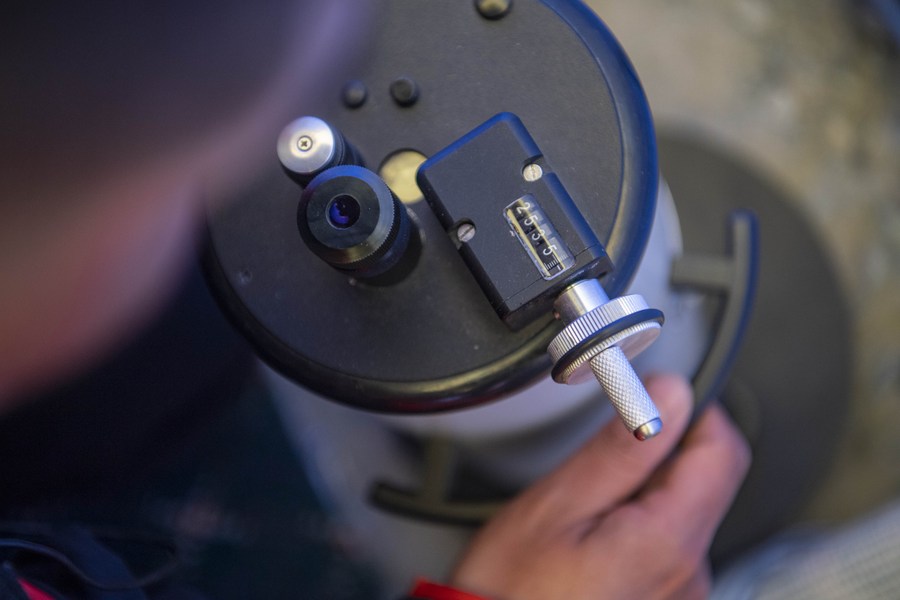
Total research and development (R&D) expenditures of China's four first-tier cities of Beijing, Shanghai, Guangzhou and Shenzhen reached 576.4 billion yuan in 2019, accounting for 26 percent of the total, the 21st Century Business Herald reported.
Beijing is the only city that witnessed its R&D spending surpass the 200 billion yuan mark to 223.36 billion yuan. In 2018, the city's investment in basic research, which reflects the level of original innovation investment, accounted for 25.5 percent of the total. The number of Beijing's national-level high-tech enterprises also took the first spot in China.
Shanghai invested 152.46 billion yuan in R&D last year and came in second place. In 2019, Shanghai's researchers published 87 papers in top academic journals such as Science and Nature, accounting for 28.4 percent of the total. Meanwhile, 13 enterprises from Shanghai listed on the science and technology innovation board, or the STAR board, grabbed first place.
Shenzhen, which came in third place, saw its R&D spending total 132.83 billion yuan last year. As enterprises become the main body of innovation, Shenzhen's local leading enterprises play a driving role. Take Huawei as an example -- the company's R&D expenditures reached 131.7 billion yuan in 2019.
Guangzhou's R&D expenditures came in at 67.77 billion yuan. Although ranked fourth, the gap between the city and the top three is widening. In terms of the proportion of R&D investment in GDP, the figure was only 2.87 percent, even lower than the average level of Guangdong province (2.88 percent).
Last year, Guangzhou, Suzhou, Hangzhou, Xi'an, Chongqing, Nanjing, Tianjin and Chengdu all invested more than 40 billion yuan in R&D. Among them, Guangzhou and Suzhou exceeded 60 billion yuan, while Hangzhou surpassed 50 billion yuan.
Between 2015 and 2019, Suzhou's R&D spending rose to 62.52 billion yuan from 38.86 billion yuan, while the proportion of R&D investment in GDP rose to 3.25 percent from 2.68 percent.
During the same period, Hangzhou's expenditures on R&D increased to 53.04 billion yuan from 30.22 billion yuan, while the proportion in GDP also rose to 3.45 percent from 3.06 percent.
In less than four years, Suzhou and Hangzhou both added more than 20 billion yuan in expenditures on R&D, while both cities had different backgrounds in innovation behind those figures.
During the first half of this year, Suzhou registered 1.55 trillion yuan in the output value of industrial enterprises above designated size, overtaking Shanghai to become China's largest industrial city. On the other hand, Hangzhou kept up with the new wave of digital economy to build itself into China's first city in the digital economy.
In terms of the proportion of R&D investment in GDP, Xi'an was the dark horse with the figure reaching 5.2 percent, only behind Beijing's 6.31 percent. Last year, the number of the national-level high-tech enterprises reached 3,673 in the city.
